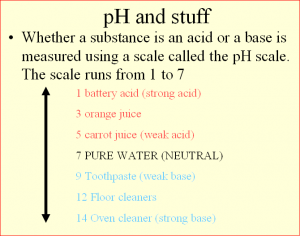Acids and bases AS90944 revision part 2
We are working through a practise paper from the Ministry website
You should have completed question 1 last night. Do question 2 tonight. See last night’s post for instructions on how to hand this work in.
Also revise writing chemical formulae, word equations, fully balanced chemical equations and the reactions of acids and bases by watching the embeded videos below. They are based on lessons and lesson notes I did with you earlier in the year. There is video of practical work you carried out when you were making salts by neutralising acids with bases.
Ions, ionic compounds, word equations and fully balanced chemical equations.
Neutralisation reactions and practical work you carried out. Acids bases and salts.

